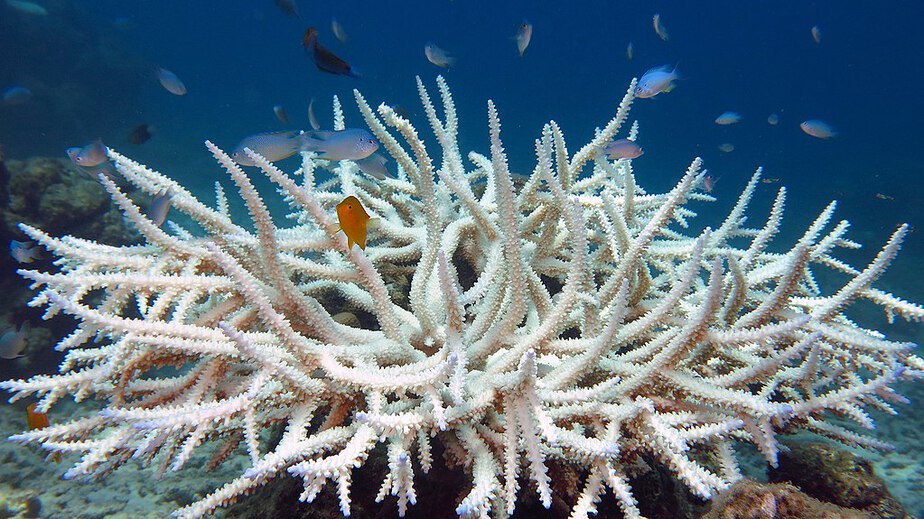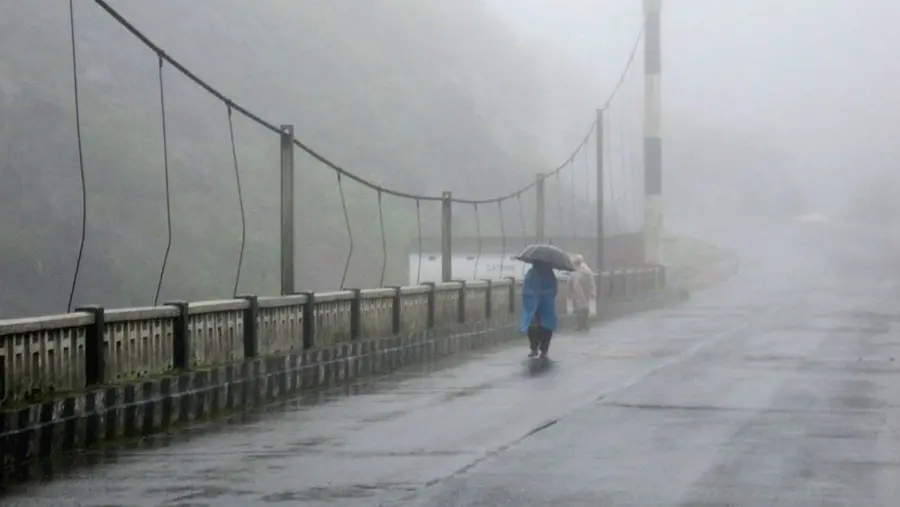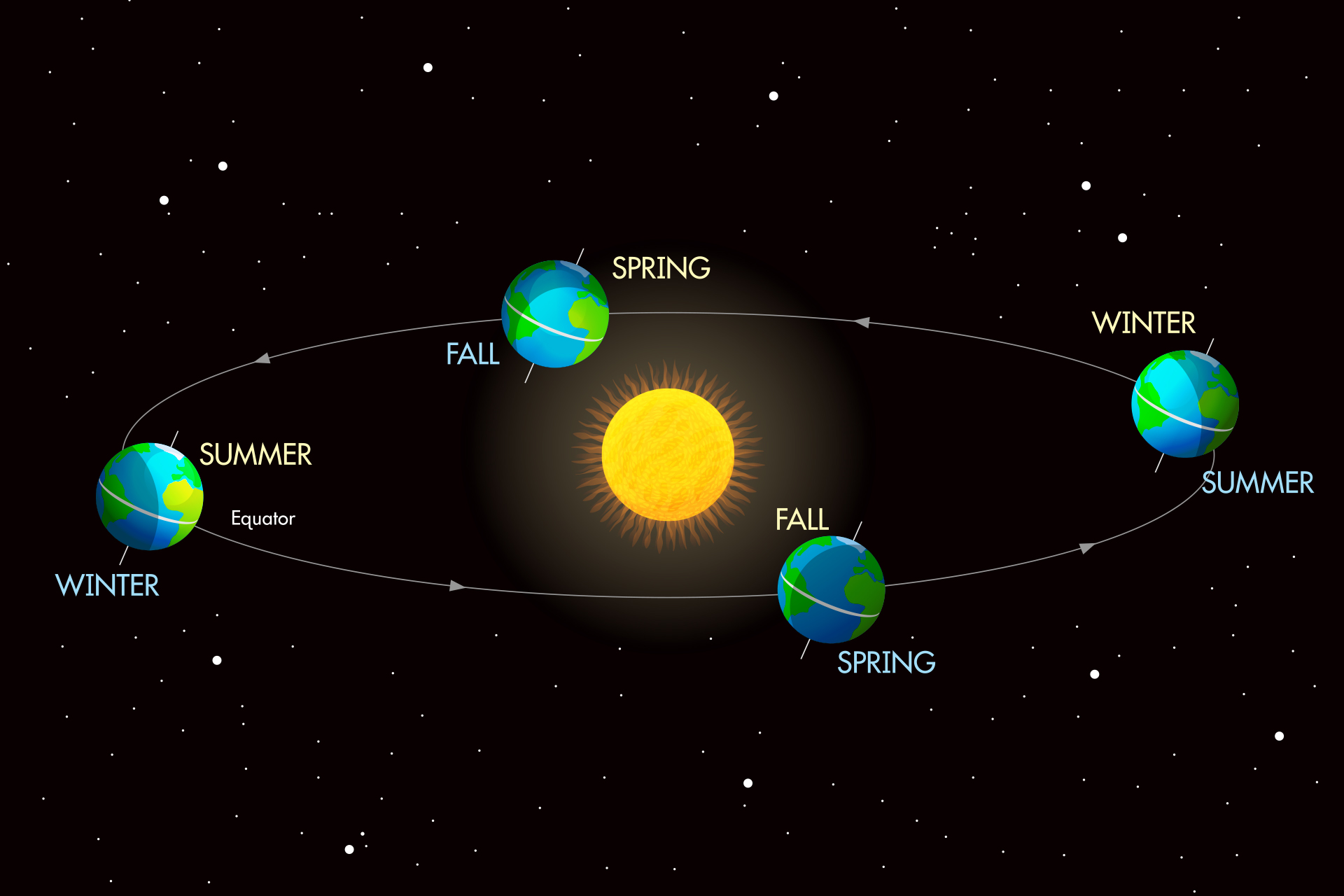India’s Dying Coral Reefs – Rainforests of the Sea in Peril- If you’ve ever floated above a coral reef on a clear tropical morning, you know the feeling — it’s like drifting over a submerged city, alive with colour and movement. Tiny fish dart like living jewels, turtles glide lazily between coral towers, and shafts of sunlight paint everything in gold. These underwater rainforests are more than just breathtaking — they’re essential. And in India’s Lakshadweep and Andaman Islands, they’re dying.
A Hidden Wealth Beneath the Waves
India’s coral reefs are mostly tucked away from the mainland, found in three main regions: the Lakshadweep archipelago in the Arabian Sea, the Andaman and Nicobar Islands in the Bay of Bengal, and smaller stretches along the Gulf of Mannar and Gulf of Kutch.
These reefs are not just pretty scenery for divers. They are bustling ecosystems that support over 4,000 species of fish, crustaceans, molluscs, and other marine life. They protect coastlines from erosion, provide breeding grounds for fish that feed millions, and sustain tourism industries that keep island economies alive. In short: without the reefs, much of island life would crumble.
Bleaching — The Coral’s Silent Death
Coral bleaching is a simple term for a tragic process. Corals get their brilliant colours — and much of their food — from microscopic algae called zooxanthellae that live inside their tissues. When ocean temperatures rise even slightly beyond normal, corals become stressed and expel these algae. What’s left is a pale, ghostly skeleton.
Without their algae partners, corals starve. If warm conditions persist for weeks, entire reefs can die. In Lakshadweep, mass bleaching events have been recorded repeatedly over the last two decades, with particularly severe damage during the 1998, 2010, and 2016 global bleaching episodes. The Andaman Islands have fared no better — in some areas, over 60% of live coral cover has been lost after just one extreme event.
Why Are Our Reefs Under Siege?
The immediate cause of bleaching is rising sea surface temperatures, driven by global climate change. But the reefs face a pincer attack from multiple directions:
-
Ocean acidification — CO₂ dissolves into seawater, making it harder for corals to build their calcium carbonate skeletons.
-
Overfishing — Removing key species disrupts the balance of reef life, allowing algae overgrowth.
-
Pollution — Sewage, agricultural runoff, and plastic waste choke and smother corals.
-
Coastal development — Dredging and construction increase sediment, blocking sunlight corals need.
For island communities, this isn’t a distant environmental issue — it’s an everyday threat to food security, livelihoods, and storm protection.
Lakshadweep: Paradise in Distress
The Lakshadweep islands are often pictured as perfect turquoise lagoons with powder-white beaches — and they are. But beneath the surface, the story is changing. Reefs here have shown some resilience, with certain species slowly regrowing after past bleaching events. Yet, scientists warn that without longer cooling periods between heatwaves, recovery will never catch up with the damage.
Tourism, while important to the economy, has also put pressure on reefs. Unregulated snorkeling and anchor damage can crush fragile corals. Waste management on small islands is another challenge — plastic and untreated sewage find their way into lagoons far too easily.
Andaman & Nicobar: Rich but Fragile
The Andaman reefs are among India’s most diverse, stretching over hundreds of kilometers. They’re home to rare species like Napoleon wrasse, giant clams, and dugongs. But repeated bleaching events, combined with destructive fishing practices like blast fishing in the past, have weakened their resilience.
Cyclones, which are becoming stronger and more frequent due to climate change, can also physically destroy vast sections of reef in a matter of hours. After the 2004 tsunami, some Andaman reefs took more than a decade to partially recover — and now they face new heat stress almost every year.
Why This Matters to Millions
It’s easy to think of coral reefs as a local issue for remote islands, but they’re part of a global safety net. Healthy reefs absorb up to 97% of wave energy, protecting coasts from storm surges. They feed hundreds of millions worldwide through fisheries. They even hold the potential for medical breakthroughs — compounds from reef organisms are being studied for cancer and antiviral drugs.
Lose the reefs, and we lose a chain of protection, food, and discovery that stretches far beyond the islands themselves.
The Last Line of Defense
There’s still hope. Some coral species are naturally more heat-resistant, and scientists are exploring coral gardening — transplanting healthy fragments into degraded areas. Local bans on destructive fishing, strict marine protected zones, and better waste management have shown real benefits where enforced.
Islanders themselves are key to this fight. In both Lakshadweep and the Andamans, community-led initiatives are teaching sustainable fishing, regulating tourism, and monitoring reef health. But these efforts need strong policy support, funding, and — most importantly — a slowdown in global carbon emissions.
A Race Against the Tide
Standing on a Lakshadweep jetty at low tide, you can look down into the lagoon and still see flashes of colour — parrotfish nibbling at the reef, clownfish darting into anemones. It’s a reminder that the reef is still alive, still holding on. But the clock is ticking.
The corals can’t pack up and move to cooler waters. They can only adapt so fast, and we’re heating the oceans faster than evolution can keep up. If we let them vanish, it won’t just be the loss of beauty — it will be the unraveling of a system that protects us all.
The reefs are speaking, in the only way they can — by turning white. The question is, will we listen before the colours are gone for good?




